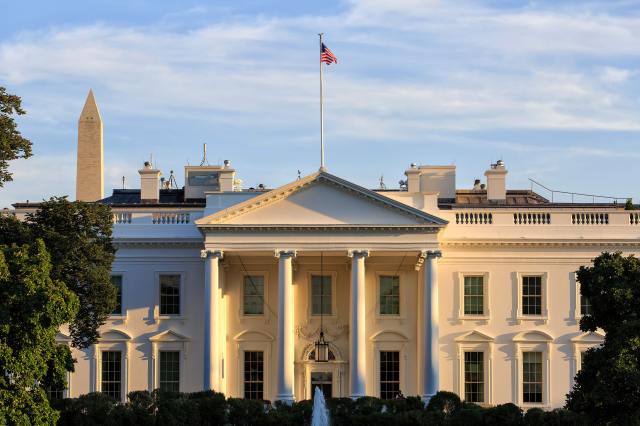Myron Scholes, PhD
Myron Scholes is Chief Investment Strategist at Janus Henderson Investors. In this role, he leads the firm’s evolving asset allocation product development efforts and partners with the investment team, contributing macro insights and quantitative analysis specific to hedging, risk management, and disciplined portfolio construction. Myron is also a member of the firm’s Solutions Group, a team that constructs multi-asset solutions for clients’ complex investment objectives. Among his many accomplishments, he is the Frank E. Buck Professor of Finance, Emeritus, at the Stanford Graduate School of Business. Myron is widely known for his seminal work in options pricing, capital market equilibrium, tax policies, and the financial services industry. He is a Nobel Laureate in Economic Sciences and co-originator of the Black-Scholes options pricing model, for which he was awarded the Nobel Prize in 1997.
Myron holds a PhD from the University of Chicago. He has numerous honorary doctorate degrees. He was awarded the Innovator of the Year Award from the Chicago Mercantile Exchange and the Lifetime Achievement Award from the Derivatives Association. Additionally, he is a member of the American Academy of Arts and Sciences. Myron has consulted widely with many financial institutions, corporations, and exchanges, and has lectured for many academic groups and other organisations around the world. He has 55 years of financial industry experience.
Articles Written
CEO Sessions: Brighter future investing with Myron Scholes
In this series of short video interviews, Ali Dibadj, CEO, speaks with Janus Henderson’s experts about how they are investing together with clients for a brighter future.
AMS text example
involves feeding a computer system a lot of data, which it can use to make decisions about other data. This data is fed through neural networks – logical constructions which ask a series of binary true/false questions, or extract a numerical value, from all the data which pass through them, and classify it according to the answers received involves feeding a computer system a lot of data, which it can use to make decisions about other data. This data is fed through neural networks – logical constructions which ask a series of binary true/false questions, or extract a numerical value, from all the data which pass through them, and classify it according to the answers received

An options-implied analysis of the US presidential election: Part II
Signals embedded in options markets indicate a closer race for the White House than suggested by consensus polling data.

An options-implied analysis of the U.S. presidential election
In light of recent developments in the U.S. presidential campaign, signals embedded in options markets now indicate nearly even odds between President Biden and former President Trump.

Options markets’ answers to investors’ most pressing questions
Signals within options markets indicate that artificial intelligence could lead to higher levels of productivity, profitability, and real interest rates.
Myron Scholes on Time: Conundrums of risk management
In this episode, Myron tackles some of the toughest conundrums in risk management: when to de-risk, when to re-risk, and how to think about risk in a real, multi-period world.

